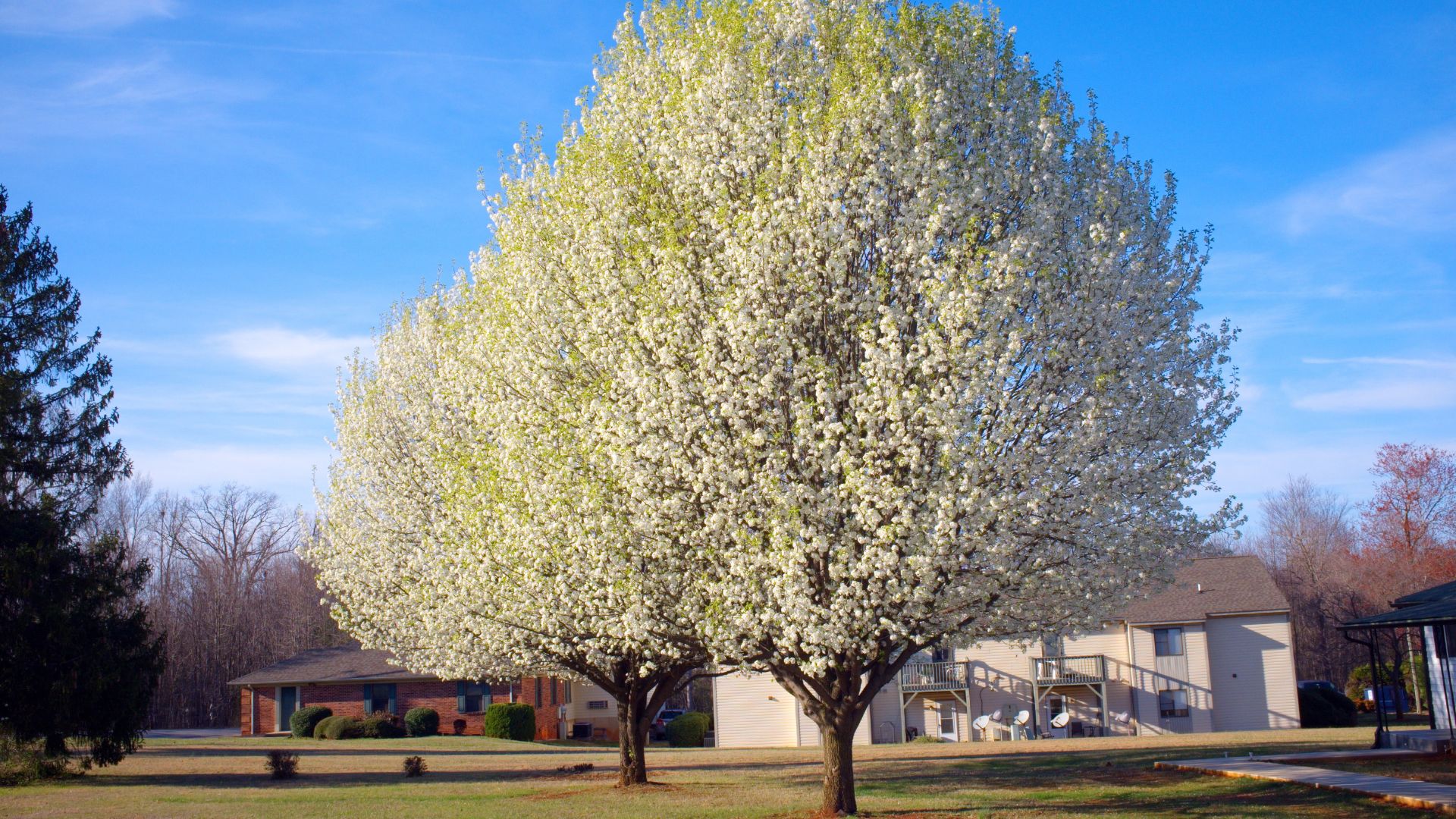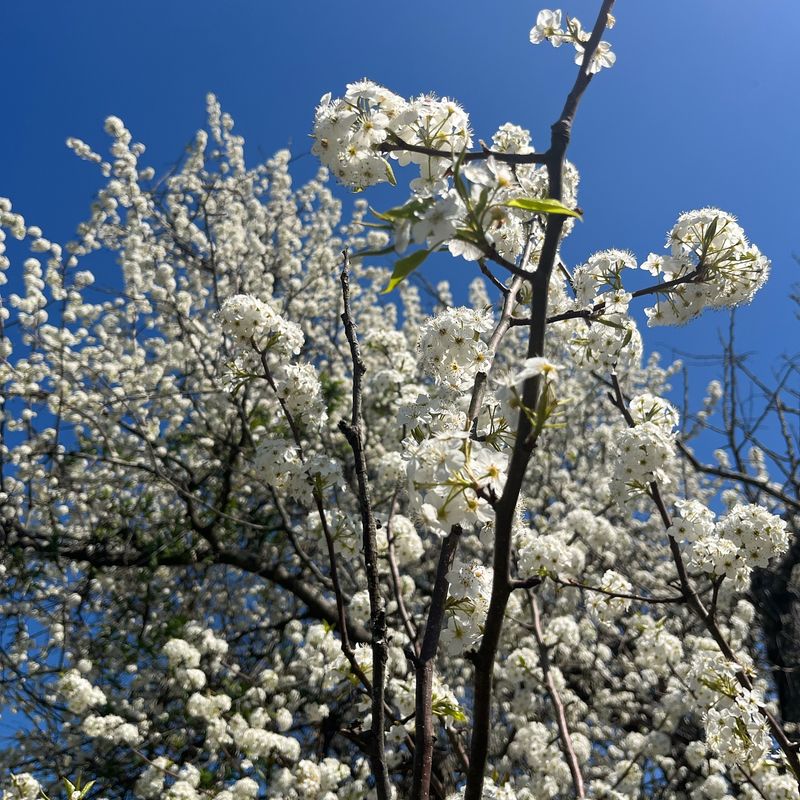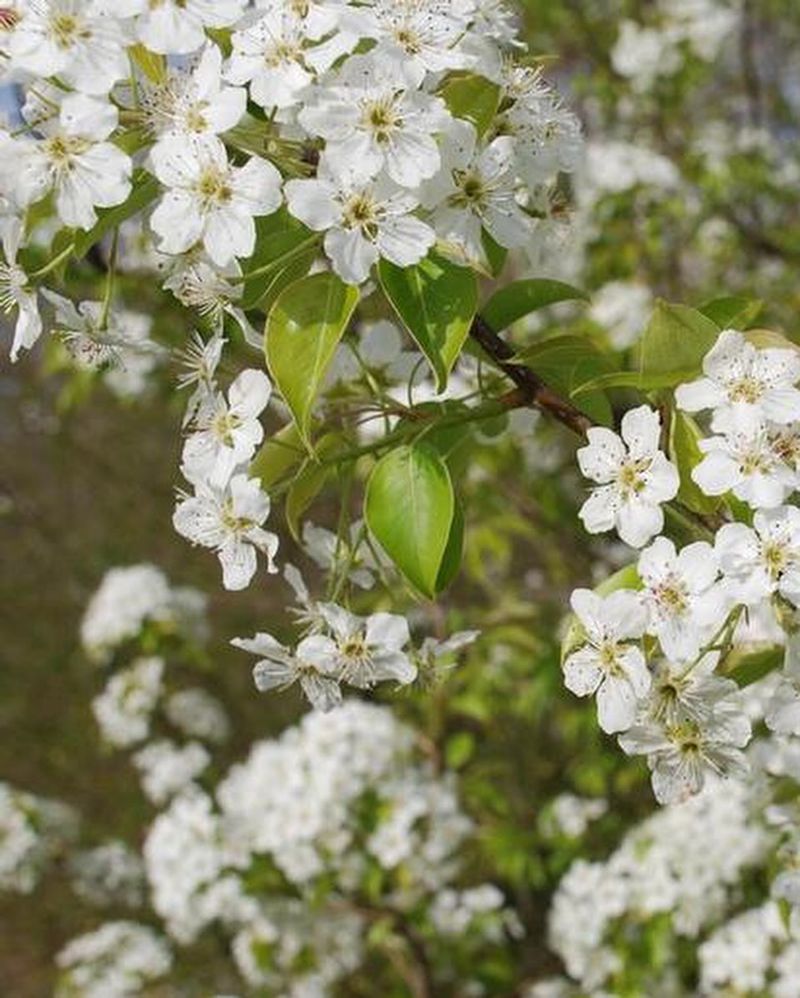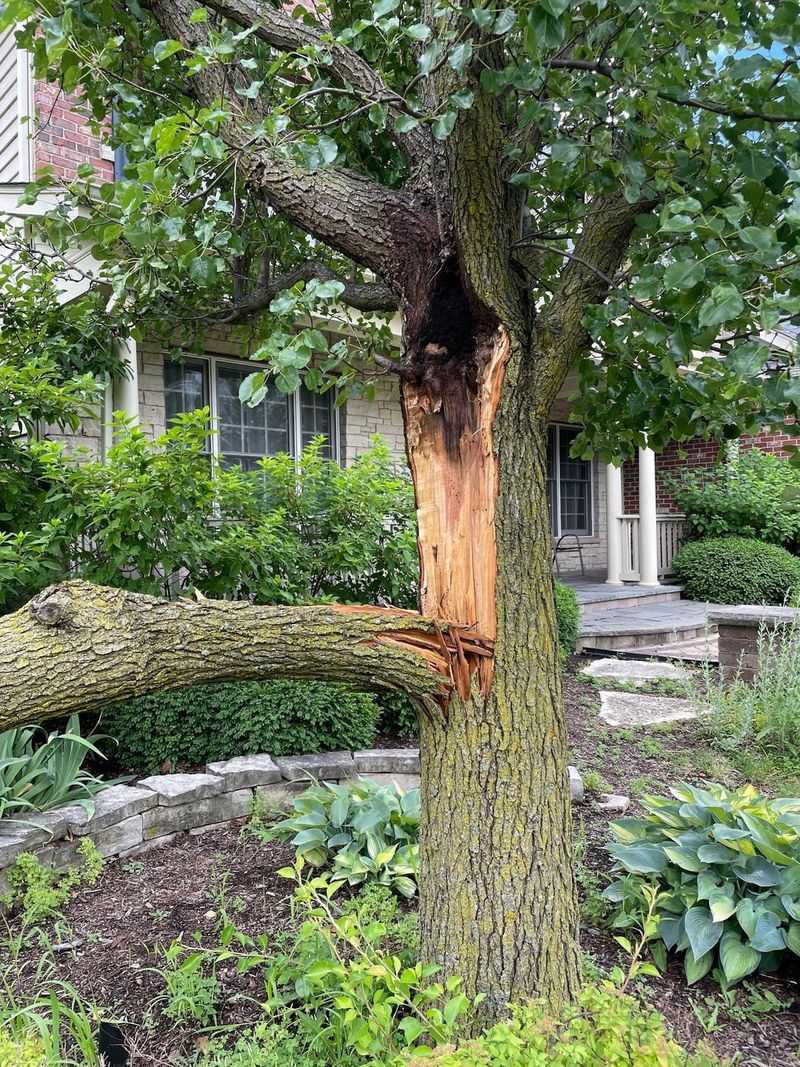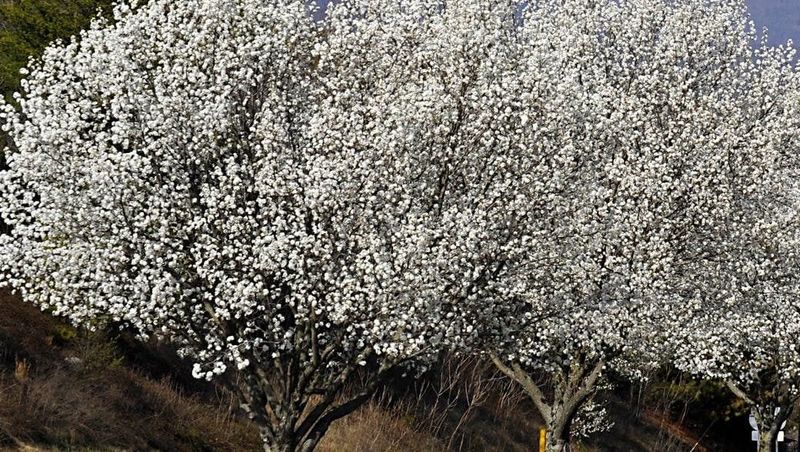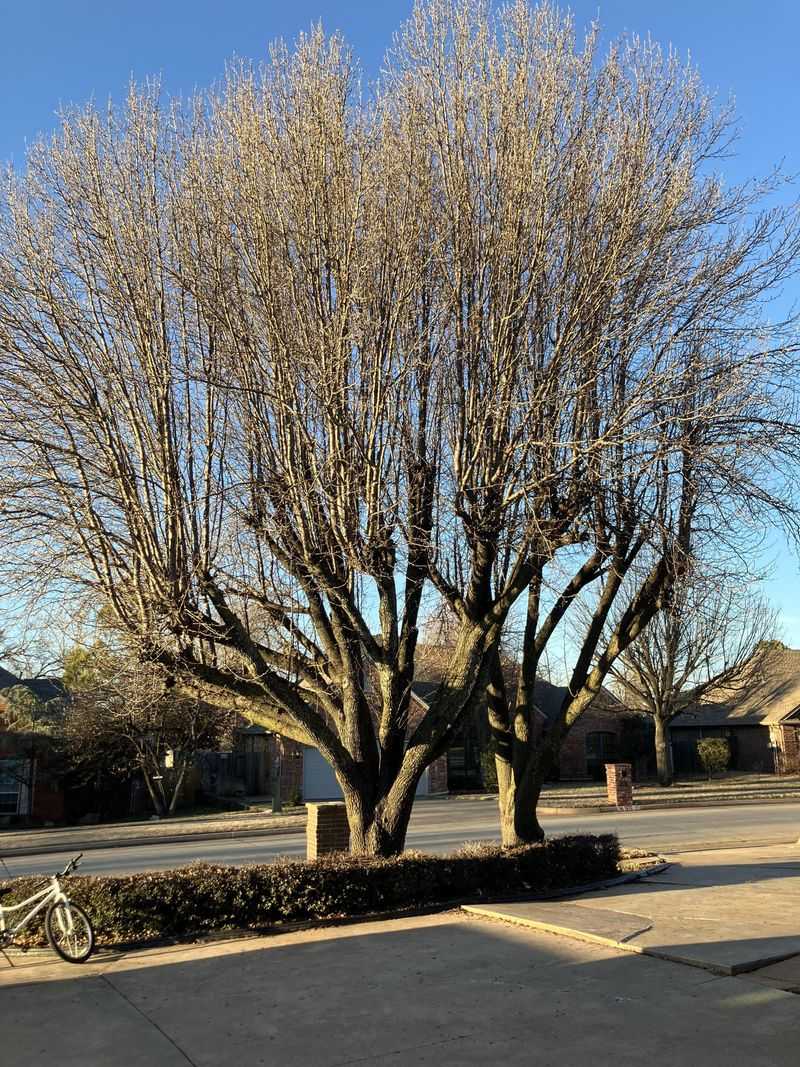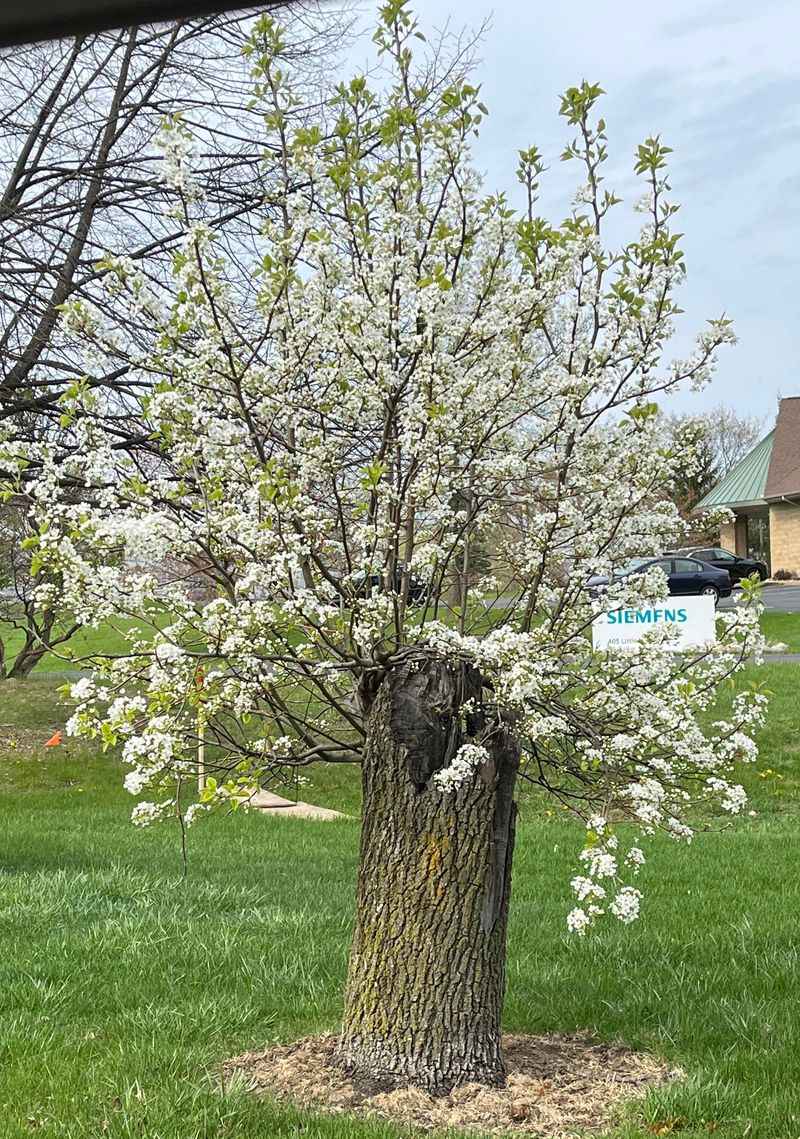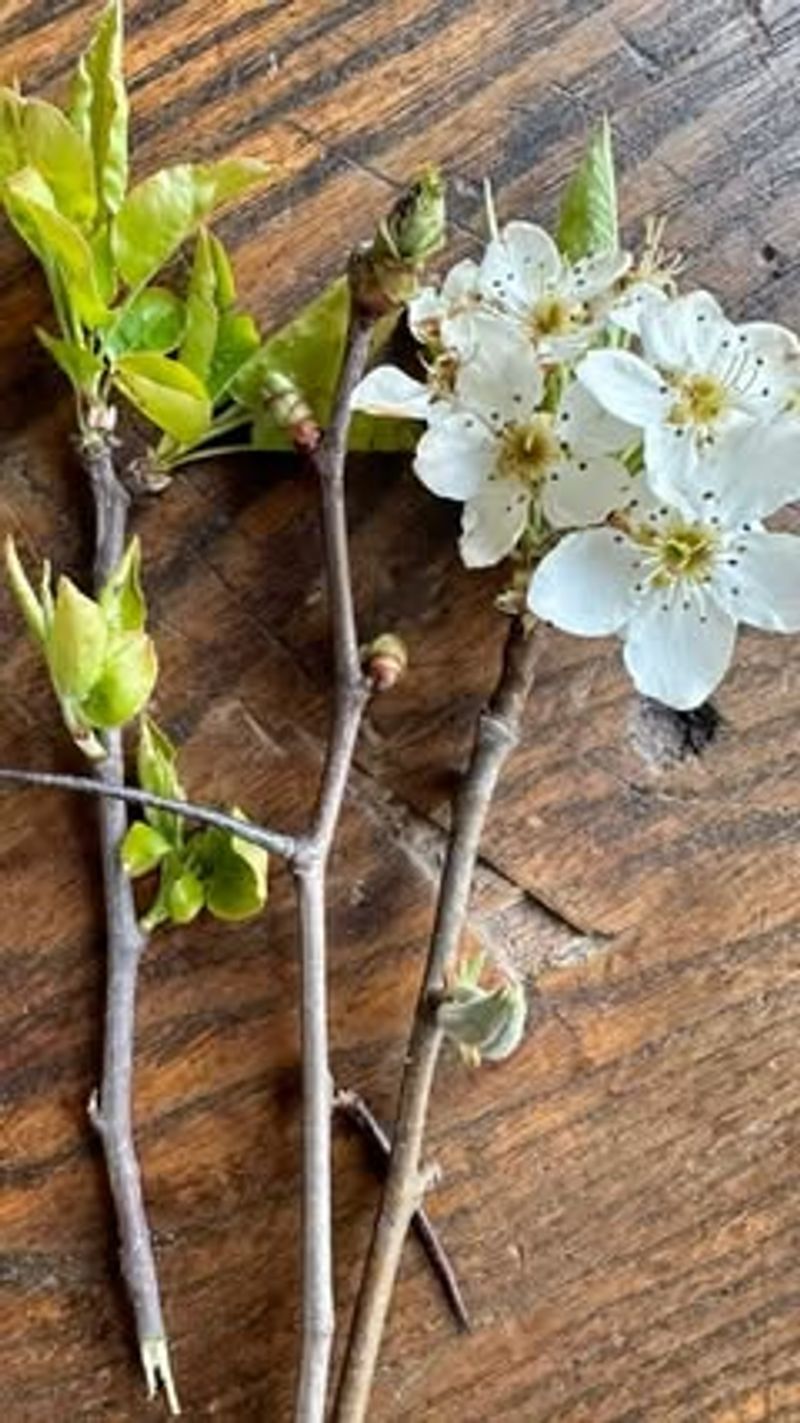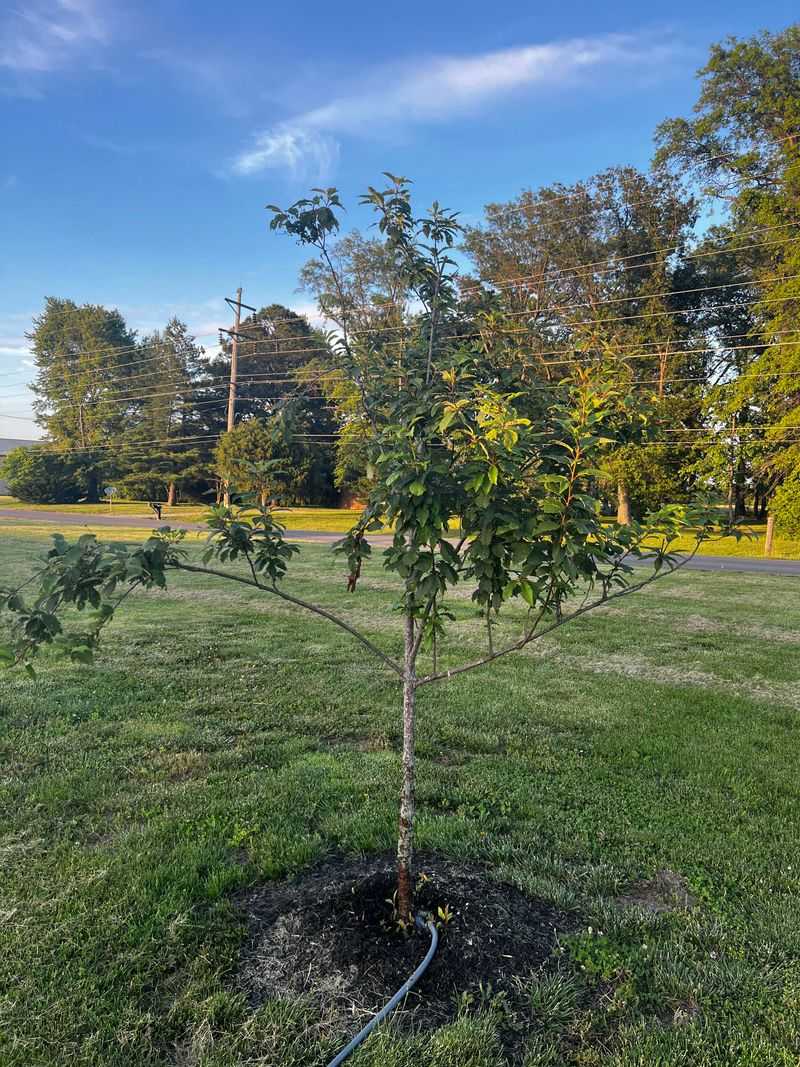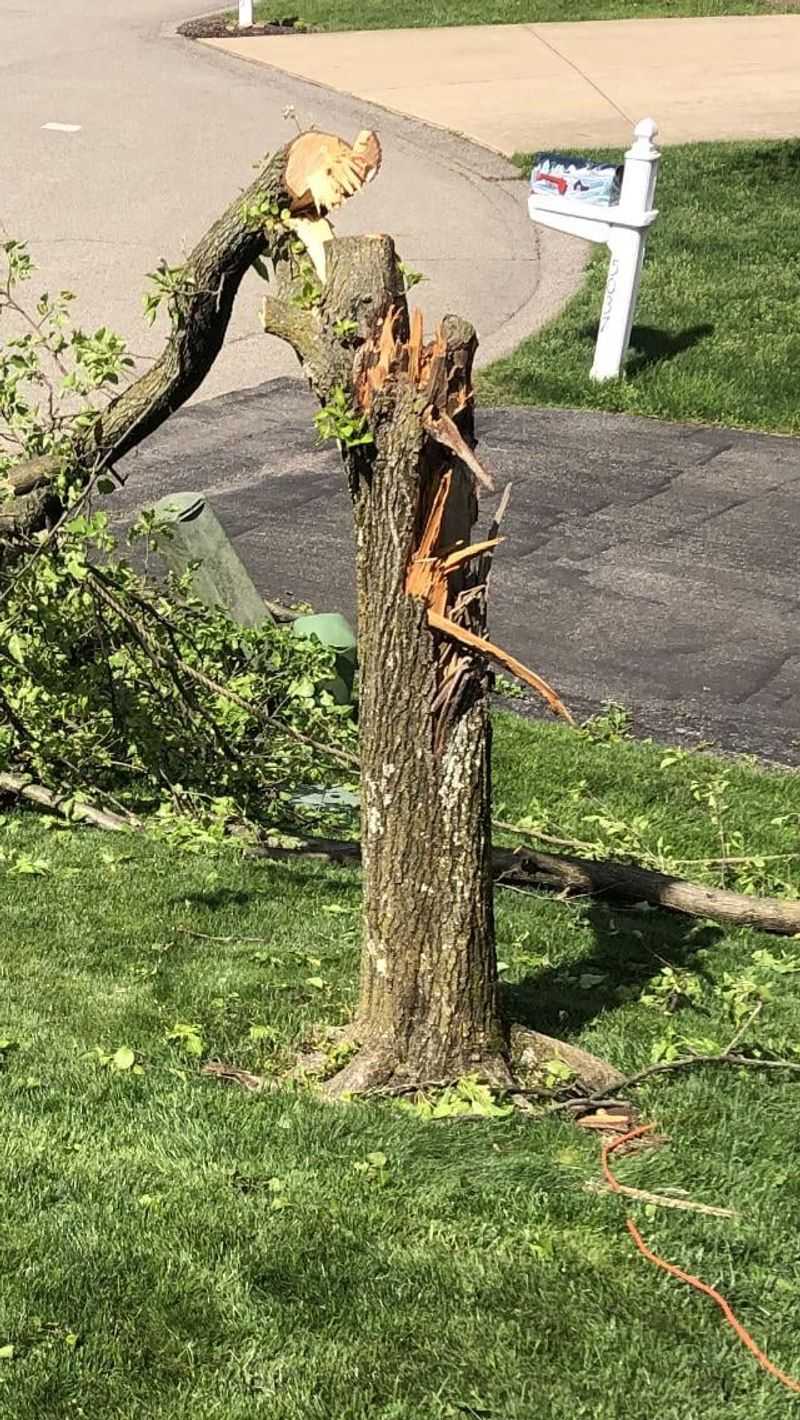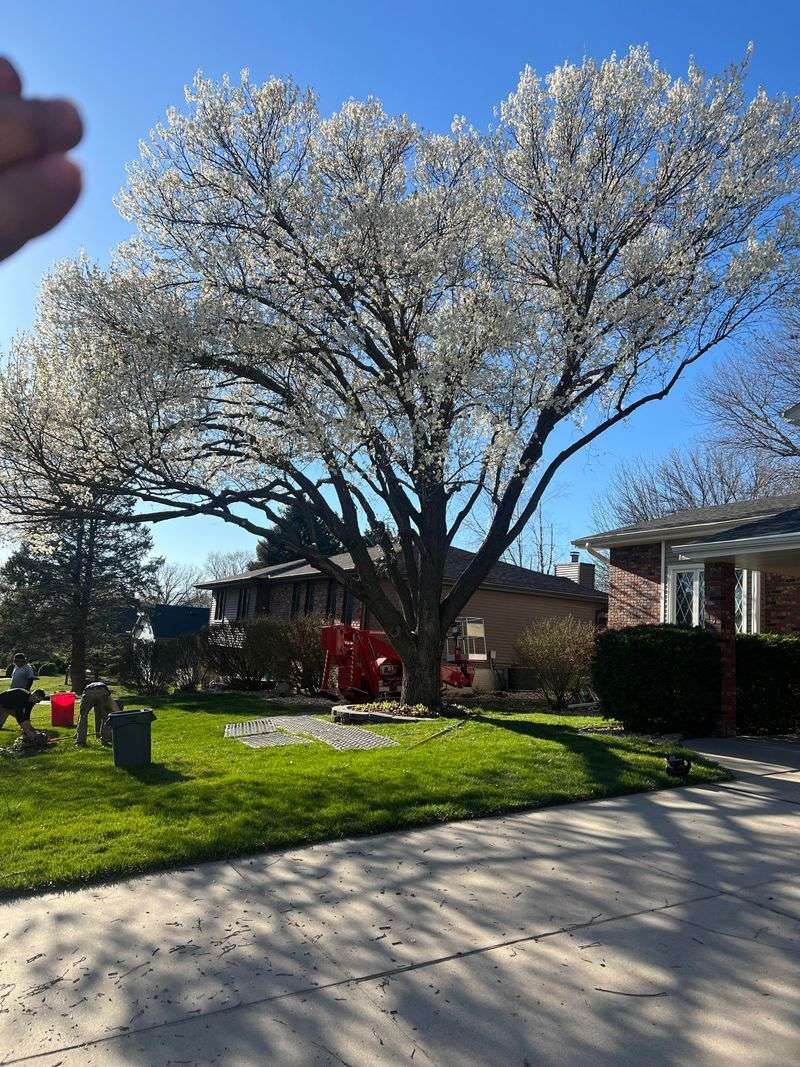Bradford pear trees were once the darling of suburban landscapes, lining streets with their perfect shape and stunning white blooms. But these beautiful trees hide an ugly secret.
Their rapid spread threatens native plants, creates environmental hazards, and causes numerous problems for communities. Several states have already banned them – and for good reason.
1. Invasive Bullies That Take Over
Bradford pears don’t play nice with native plants. When their seeds spread, they create dense thickets that crowd out local trees and wildflowers. Native birds and insects lose their food sources and homes when these invaders take over.
In states like Pennsylvania and Ohio, entire fields have been overrun with wild Bradford pear offspring. The problem has gotten so bad that some ecologists call them “ecological terrorists” because they transform diverse ecosystems into monocultures where little else can survive.
2. Stinky Spring Blooms
Those pretty white flowers that cover Bradford pears each spring come with a horrible surprise – they smell like rotting fish! The putrid odor can make outdoor activities unbearable for weeks during blooming season.
Neighborhoods with multiple trees suffer the worst effects. Many homeowners don’t realize what they’re getting into when they plant these trees, only to regret it years later when the smell becomes a neighborhood nuisance. Some communities have received so many complaints that they’ve removed Bradford pears from approved street tree lists.
3. Weak Wood Leads to Dangerous Breakage
Bradford pears have a fatal design flaw – their branches grow at sharp, narrow angles that can’t support their own weight. After 15-20 years (or during storms), large limbs snap off without warning, damaging property and endangering people.
Many homeowners have horror stories about Bradford pears crushing cars, damaging roofs, or falling across power lines. Insurance companies have taken notice too. Some even charge higher premiums for properties with these hazardous trees near structures.
4. Cross-Pollination Creates Thorny Monsters
Bradford pears were originally thought to be sterile, but they cross-pollinate with other pear varieties, creating wild offspring covered in vicious 3-inch thorns. These thorny descendants spread quickly through bird droppings and form impenetrable thickets.
The thorns are sharp enough to puncture tractor tires and make land unusable for farming or recreation. Wildlife management areas have spent thousands of dollars trying to remove these thorny invaders. Even worse, the wild offspring produce viable seeds, creating an endless cycle of invasion.
5. Short Lifespan Wastes Resources
Despite being sold as long-term landscape investments, Bradford pears typically start falling apart after just 15-20 years. This short lifespan means homeowners and cities waste money on trees that need premature removal.
Replacement costs add up quickly. When you factor in tree removal services (often $500-1,000), plus new tree purchase and planting, the total can exceed $1,500 per tree. Cities that planted hundreds along streets have faced budget crises when entire neighborhoods of Bradford pears reached their breaking point simultaneously.
6. Allergy Nightmare Machines
Bradford pears are notorious pollen producers that trigger severe allergic reactions. Their early spring blooming pumps massive amounts of pollen into the air just when people are eager to enjoy outdoor activities after winter.
Allergists often see a spike in patients during Bradford pear blooming season. The trees produce a particularly irritating type of pollen that causes itchy eyes, runny noses, and breathing difficulties. For asthma sufferers, neighborhoods with multiple Bradford pears can become virtually uninhabitable during bloom time.
7. Economic Damage to Fruit Growers
Bradford pears belong to the Callery pear family and can spread diseases to commercial fruit orchards. Fire blight, pear decline, and other diseases jump from ornamental pears to fruit-producing varieties, causing millions in agricultural losses.
Commercial orchards located near neighborhoods with Bradford pears face higher disease pressure and increased production costs. Some fruit growers have had to implement expensive disease management programs specifically because of nearby Bradford pear populations. In agricultural areas, this economic threat alone justifies banning these trees.
8. Crowds Out Beneficial Native Trees
When Bradford pears take over, they push out native trees that provide better wildlife habitat and environmental services. Oak trees, for example, support over 500 species of caterpillars that feed birds, while Bradford pears support almost none.
Native trees like redbuds, dogwoods, and serviceberries offer similar spring beauty without the ecological damage. Their deeper root systems prevent erosion better than Bradford pears’ shallow roots. Wildlife conservation organizations strongly recommend removing Bradford pears and replacing them with native alternatives that support local food webs.
9. Costly Removal Programs Drain Taxpayer Money
States now spend millions of taxpayer dollars to control wild Bradford pear populations. Some areas offer “bounty programs” where homeowners receive free native trees for removing Bradford pears from their property.
Pennsylvania, Ohio, South Carolina, and other states have launched expensive eradication campaigns targeting wild Bradford pears. The removal methods often require heavy equipment, herbicides, and years of follow-up treatments. These costs could have been avoided if the trees had been banned earlier, before they established wild populations.
10. Growing List of State Bans
More states are officially banning Bradford pear sales each year. South Carolina became the first in 2021, followed by Ohio, Pennsylvania and others. These bans typically include phase-out periods allowing nurseries to sell existing stock.
Nursery owners have generally supported these bans despite short-term profit losses. Many had already begun phasing out Bradford pears in favor of better alternatives. Conservation groups continue pushing for nationwide restrictions, arguing that invasive ornamentals cost the U.S. economy over $120 billion annually in damage and control efforts.

